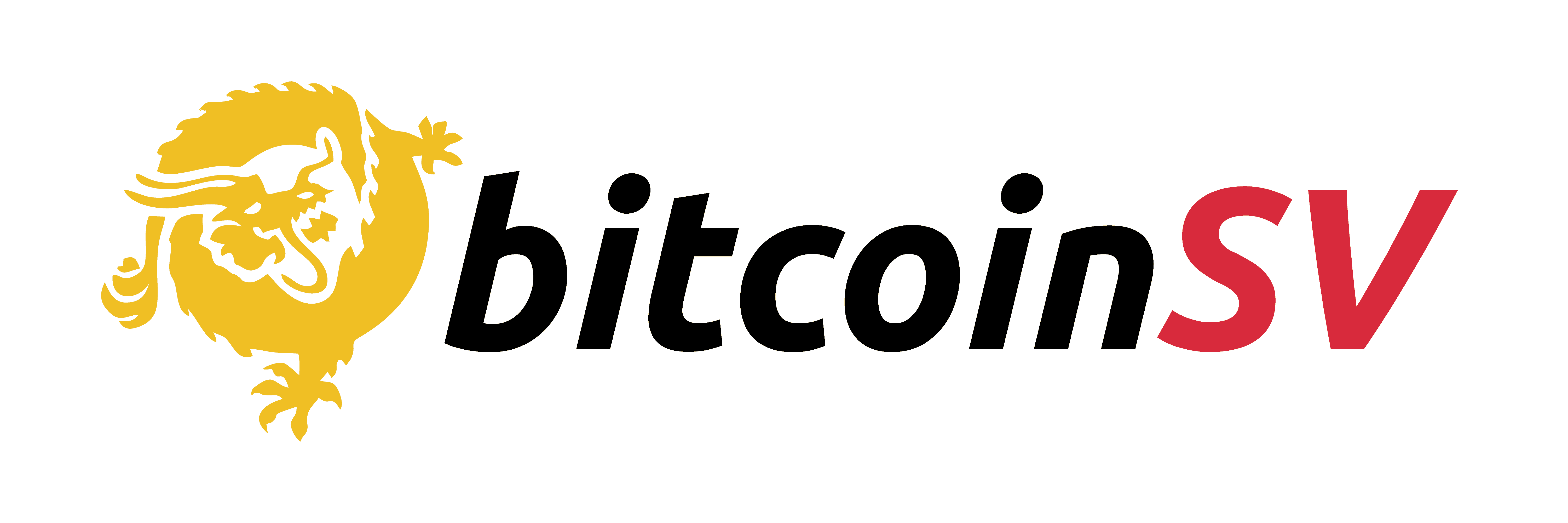Join Our Telegram channel to stay up to date on breaking news coverage
Bitcoin Cash Satoshi Version (BSV), an offshoot of the Bitcoin Cash network, has experienced a system error that split its blockchain into three. On July 24, the Bitcoin SV network underwent a scheduled upgrade to its infrastructure, intending to increase the size of each block from 128 Megabytes to 2 Gigabytes. However, cryptocurrency exchanges BitMEX reported that 17 percent of the nodes on the network failed to follow the pattern of the upgrade. They were reportedly stuck on the 210 MB block. Nineteen percent of these nodes were seen not to have been upgraded at all and were left on the old, prefork chain.
As a result of the split, some popular services, including BSV-powered payment system MoneyButton and Bitcoin statistics platform Coin Dance, remained stuck at the 210 MB block and couldn’t keep pace with the rest of the BSV network.
In a blog post following the split, Ryan Charles, the chief executive of MoneyButton, spoke about some of the issues they encountered running a BSV node. A different encounter to what companies that offer platforms for investors to buy cryptocurrency are used to.
He revealed that their services had experienced downtime due to a “stress test,” blaming the memory exhaustion on their use of an underpowered instance. However, while they were able to upgrade their instance to accommodate the available block sizes, Charles noted that the company was spending more to keep their service up.
He said, “Our new instance will cost thousands of dollars per month to operate. As blocks continue to get larger and we have to upgrade the instance many times, this cost will balloon.”
Tech news medium TrustNodes also posted that Coin Dance is now the new BSV chain, meaning that they will be doing away with the former chain. Per the post, Coin Dance’s movement could cost miners who got stuck on the old chain, as their blocks would now be abandoned.
The vast majority of victims of this network error would have to be the small miners who weren’t able to keep up with the large block sizes. They would have spent a lot of hash power and time mining the old chain, only to have their native blocks abandoned.
So far, the biggest selling point that BSV has is its large block size. However, while this does bring benefits such as a greater bandwidth efficiency, it has also proven to be a problem for the network.
Back in April, BitMEX reported that the BSV network experienced block re-organizations, pinning the blame on the large block size.
On 18th April 2019, our Bitcoin Cash SV node experienced 2 block re-organisations. First a 3 block re-organisation, followed by a 6 block re-organisation.
The below graphic illustrates the events. It includes the block heights, block hashes & block sizes of the relevant blocks. pic.twitter.com/0tKduVaawE
— BitMEX Research (@BitMEXResearch) April 19, 2019
Essentially, a block re-organization is a scenario where two miners simultaneously discover a block, causing a temporary forking of the network. Block re-organizations are caused when a network operates too slowly to reproduce blocks efficiently, and they’re resolved when a miner finds the next block.
In the BSV case, BitMEX explained that it found two valid competing chains, as the split was recorded on block 578,639. The situation was rectified in an hour, and no double spending was reported to have occurred. When quizzed on what this could mean, BitMEX gave several inferences, including that the BSV network isn’t a reliable one for payments, and that the network latency (a result of large block sizes) is still too high.
No message really, just the facts. Others can interpret what this means.
For example, perhaps one could infer that:
* The Bitcoin Cash SV network is not reliable for payments
* The block size limit on Bitcoin Cash SV is too large
* Network latency on Bitcoin Cash SV is too high— BitMEX Research (@BitMEXResearch) April 19, 2019
Join Our Telegram channel to stay up to date on breaking news coverage


